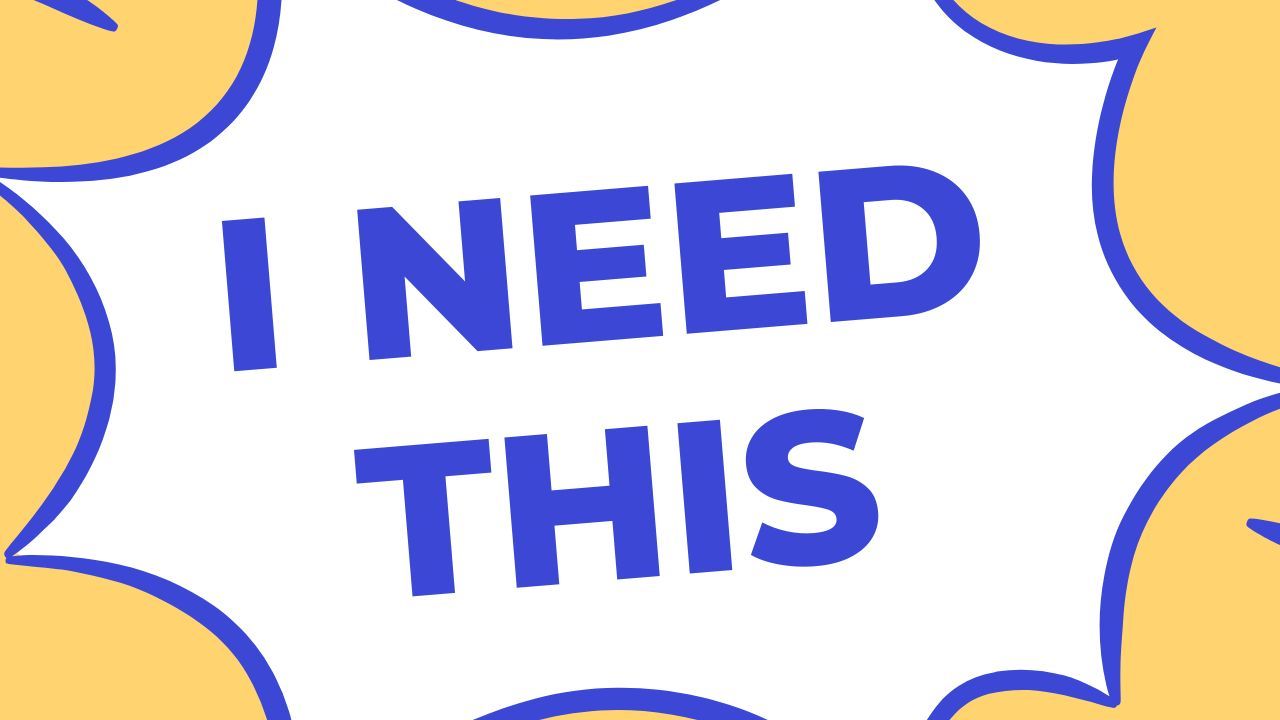
Create a Program That People Need to Have
Jan 21, 2023|
Read time: 4 minutes Today I'm going to show you how to create a program that people need to have and are happy to pay for. When you have a program in your coaching business, it gives you a structured process to use for group coaching, you can become known for having a unique method or system, and you can feel more confident increasing your rates. Unfortunately, many coaches fail at building a program that people are excited to enroll in because they...
Here's how you can avoid that, step by step. Have the Market Guide YouIf you want a program that people are eager to sign up for, the worst thing you can do is create it in isolation based on your assumptions. A few years ago, I was in a coaching group with an awesome person who worked tirelessly to build a 12-week program. They spent weeks doing late nights and skipping time with their family to make it happen. When they were done, they had a series of nicely recorded videos and beautiful worksheets. They paid for a pricey hosting platform, uploaded all their videos and worksheets, and then announced their program to the world. Crickets. No one was interested in what they were offering. How can you avoid this painful outcome? Build your program based on actual interest in the market vs guessing what people are after. You want your program to be at the intersection of work you love doing, where you can provide immense value, and where there's an eager and thirsty crowd. There's similarities to this and finding an aligned and profitable niche that you're excited to serve. Start by reflecting on:
Doing your own reflection isn't enough. You need to talk to people, lots of them, and get their input. You're looking for patterns in their challenges, problems, and pains. Focus on Creating a Painkiller, Not a VitaminSince most people and most organizations don't have a "coaching budget", you want your program to be a painkiller. In the tech world where I spent half a decade, it's common to describe products as either painkillers or vitamins. Painkillers are a "need to have" and address an existing need or pain. The people who buy a painkiller are already experiencing pain and discomfort. You don't need to convince them. Vitamins on the other hand are a "nice to have". The people who buy vitamins will be OK if they skip a day as they don't solve an immediate need. If your program is a vitamin, you have to sell someone on how it will make their life, relationship, business, or health better. Vitamins are optional. Whether your program is a painkiller or vitamin isn't binary. It's not a simple yes or no. Your program could be a painkiller for one audience but only a vitamin for another group. Let's say you're a career coach and you're creating a program to help people attract job opportunities on LinkedIn. For people in high-demand roles like data scientists, registered nurses, and senior software developers, your program could be nothing more than a vitamin. They don't need it as there are currently way more openings than they are people for those roles. They probably have recruiters already knocking on their door. Let's compare that to someone who is changing careers. They likely don't have a network in the new industry they're moving into. And while they might have transferable skills, they're going to have a harder time selling themselves into the new role compared to someone with experience in that industry. They are in a lot more pain. The difference between a painkiller and vitamin could be based on demographics, too. The stakes are higher for someone who is further along in their career than someone graduating from school. The more senior person is more likely to have dependants, a mortgage, and bigger responsibilities. A student doesn't have that same pressure. You want to figure out who is your program a painkiller for. Test and Iterate Before Pouring ConcreteWhen you've used the market to guide you and you've figured out who your program is a painkiller for, gathering feedback and iterating in the early stages is key before you begin pouring concrete. You want to create something so awesome that people who've taken the program are vocal cheerleaders for it. You do that by starting simple, testing your program with real people, and making improvements based on feedback. My first program was PDF worksheets I shared in a Google drive. It's really easy to update a document and export a new PDF. It's not nearly as simple to re-record, edit, and upload a new video. Once you have real people taking your program, pay attention to where are people get stuck. Are there questions that come up most frequently? What could you change, add, or tweak to make it better and help people get results faster? You'll want to go beyond your own observations. Gather direct feedback from people who you've taken through the program.
Now pay attention to what people are struggling with, find who you can build a painkiller for, and iterate on it so you can create a program that people need to have so you can help more people.
______________________________ |
How I'm Getting 25 Coaches to $100,000 a Year in 2025
Without Pitch-Slapping Strangers, Posting Content Everyday, or Working 12 Hours a Day
I'll never share, sell, or do any other shady nonsense with your information. Nope. I'm not down with that.

